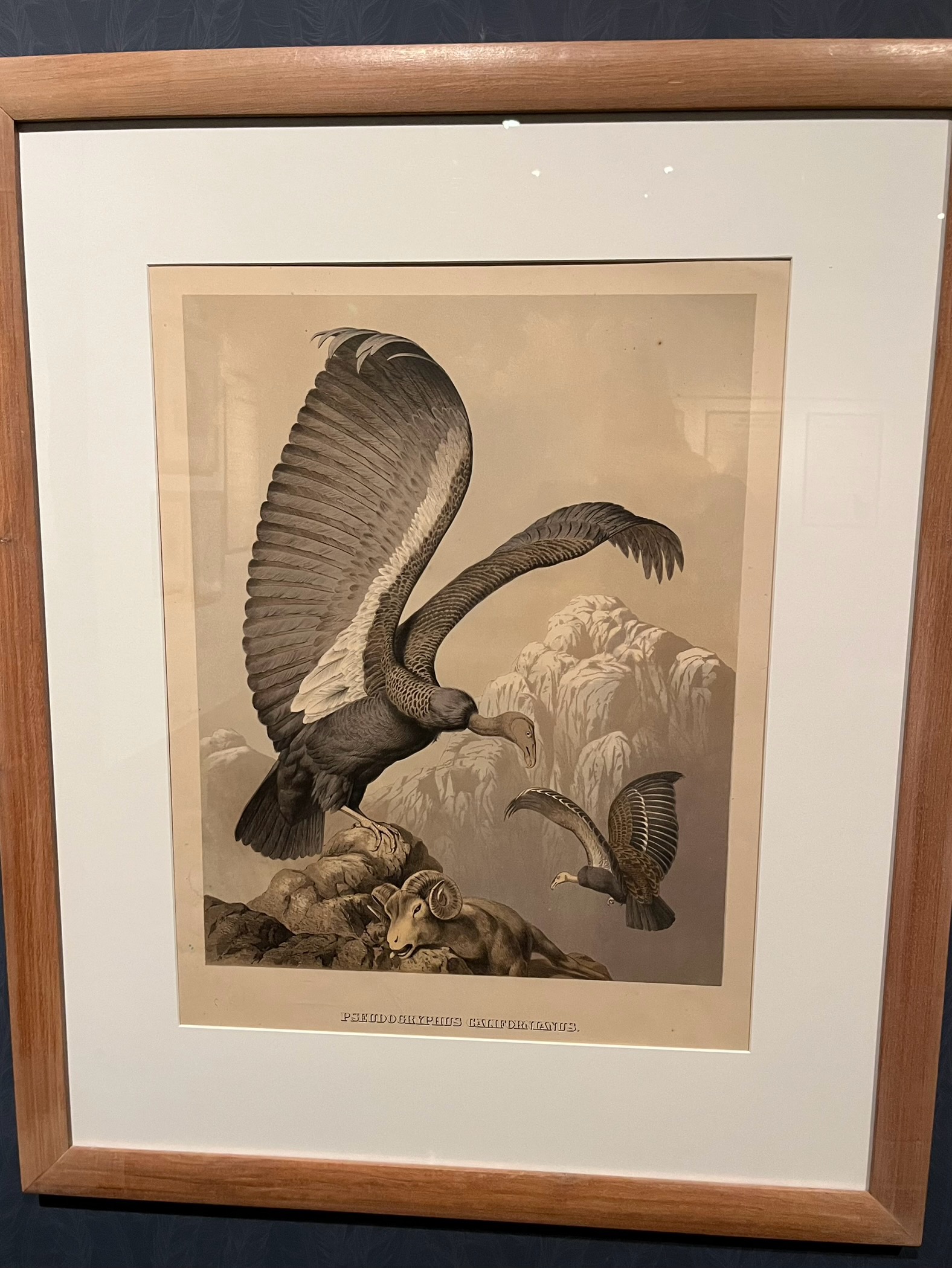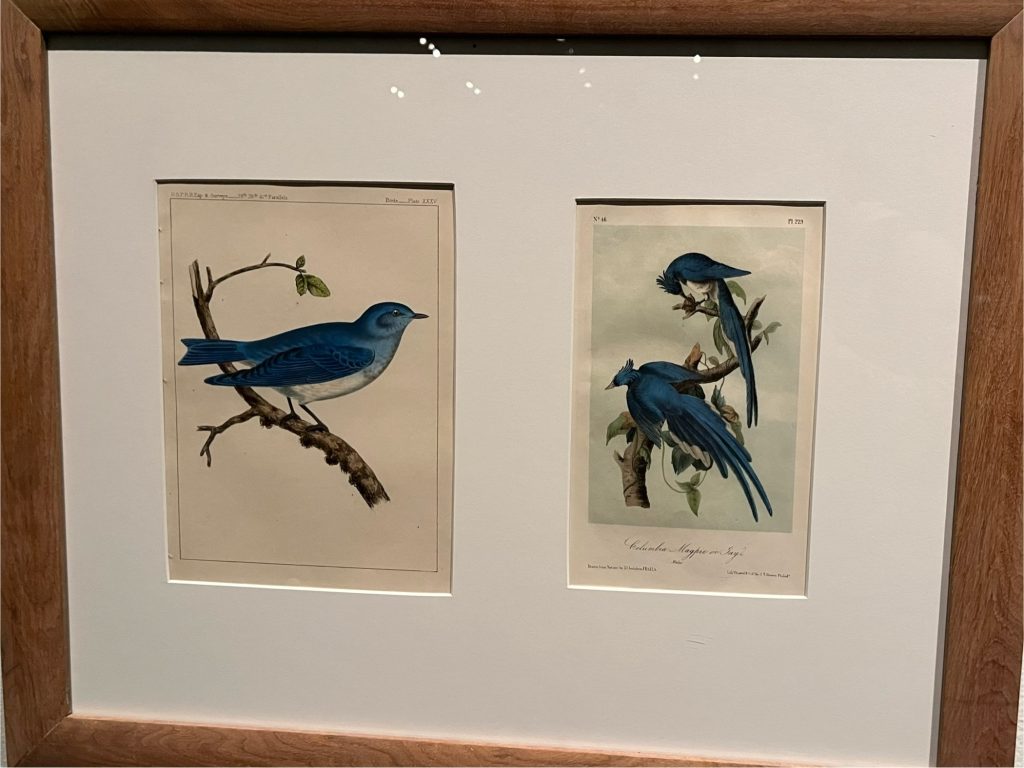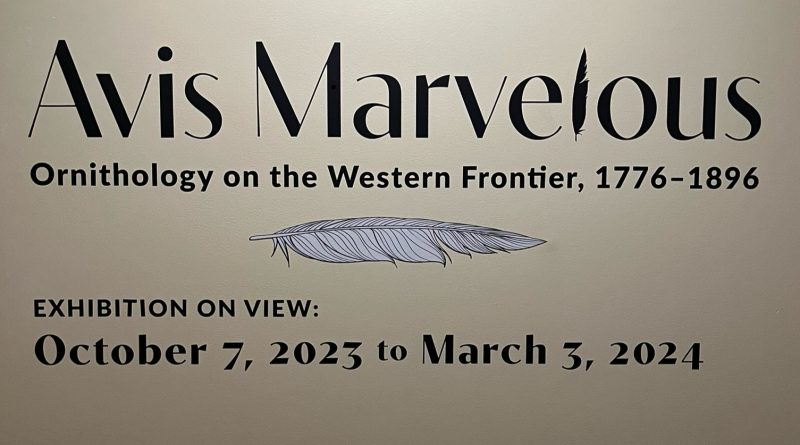‘Avis Marvelous’: An inside look at the native birds of North America
The Washington State Historical Society is showcasing “Avis Marvelous,” an exhibition that reflects the works of several avian artists who depicted the birds of North America during the 18th and 19th centuries.
“Avis Marvelous”- Bird Marvelous is the title of the exhibit showcasing several artworks of birds at the Washington State History Museum. Since October, the exhibit has shown a variety of birds ranging from the Columbia Magpie Jay, Black-chinned Hummingbird and Mountain Bluebird to name a few. They are all North American birds ranging from shape, size, and species during the 18th and 19th centuries.
The artworks are a collection of 50 historic paintings gathered from an Avian artist’s book. Once prints were made and books became more readily available, avian artwork began to surge amongst Americans in the early 20th century. These paintings, which were intended to showcase the beauty and magnificence of the Western frontier, brought new knowledge to the public. New information about certain birds’ existence and behaviors that they weren’t privy to and could now understand better.
According to the museum, European and American explorers were documenting the natural history of the Western Hemisphere. Many of them recorded the environment and animals that they saw, including several odd species of birds.
These people, known as Avian artists, created assemblages of their artwork and distributed it to the public for a hefty price. It wasn’t until prints of their artworks were made and then distributed to the wider public that people of a lower income could now afford them. This exhibit aims to showcase the many talents of these European and American explorers as well as the incredible beauty and magnitude that these species of birds have in society.
When you first walk onto the fifth floor of the museum, you are greeted by a small sign introducing you to the Avis Marvelous exhibit. You see three large walls covered with bird artworks from the late 1700s to early 1800s. On these walls range bird species from owls, hummingbirds to eagles and turkeys. They are dark in color and depicted through a classic, even idealistic, painting style.
One piece titled “The California Condor” by “Joseph Smith” from 1883 is one of the first pictures you see at the entrance of exhibit. The bird was depicted from an expedition an explorer made when he first saw the species in Utah. It is a vulture, the largest North American land bird. During the late 20th century, it was considered extinct due to a combination of human encroachment, poaching, lead poisoning and habitat destruction. However, in 1987 a group of wildlife biologists from the government put a plan in place to capture any remaining birds and breed them. It was a success; however, the species remains one of the rarest birds in the U.S., with a current estimated population of only 561 according to the U.S. Fish and Wildlife Services.

In the picture, you see a fantastically large bird with an incredible wingspan overtaking a lot of the frame. Its wings, which can reach a span of 10 feet, are stretched wide over the mountain it’s perched on. The bird’s feathers resemble a V shape as it flaps its wings in the air. It’s sitting on top of a dead mountain sheep lying on the side of a mountain. The picture is meant to capture the essence of the bird and its natural habits.
John James Audubon, a contributor of the paintings, said, “I know that I am no scholar, but meantime I am aware that no man living knows better than I do the habits of our birds; no man living has studied them as much as I have done.”
Audubon tried to capture this in his own artwork by depicting the birds while catching and eating prey or feeding their young in their nest. He wanted his audience to understand the life this bird had and their role in nature.
Another bird depicted is the Columbia Magpie, also known as the Blue Jay. The bird is thought to be native to North America and has two distinct lineages: one Holarctic species with black and white coloration, while the other is blue and white. They both can be seen in several countries such as Columbia, Japan and America. They can easily adapt to harsh conditions but are most often seen during Spring and summer, according to the “National Audubon Society. They are fearless creatures who can be very violent toward one another, often fighting over their food.

In the artwork, you can also see a bright royal blue Magpie sitting on top of a small branch. It has long pointy feathers that balance out its body and allow it to perch high up. It’s leaning over while fluffing out its feathers as if it’s in motion. The bird next to it seems to be breaking open a chestnut. Magpies live off nuts, fruits, insects and even roadkill. According to the National Audubon Society, they are very opportunistic creatures who will eat whatever is readily available to them.
If you are curious about this exhibit, click here to find out more: https://www.washingtonhistory.org/exhibit/avis/.
The exhibit closes on March 3, 2024. The Washington State Historical Society is open 5 days a week from 10 a.m. to 5 p.m. Tickets can be purchased on their website, with every third Thursday of the month free to the public during extended hours, 3 p.m. to 8 p.m.



